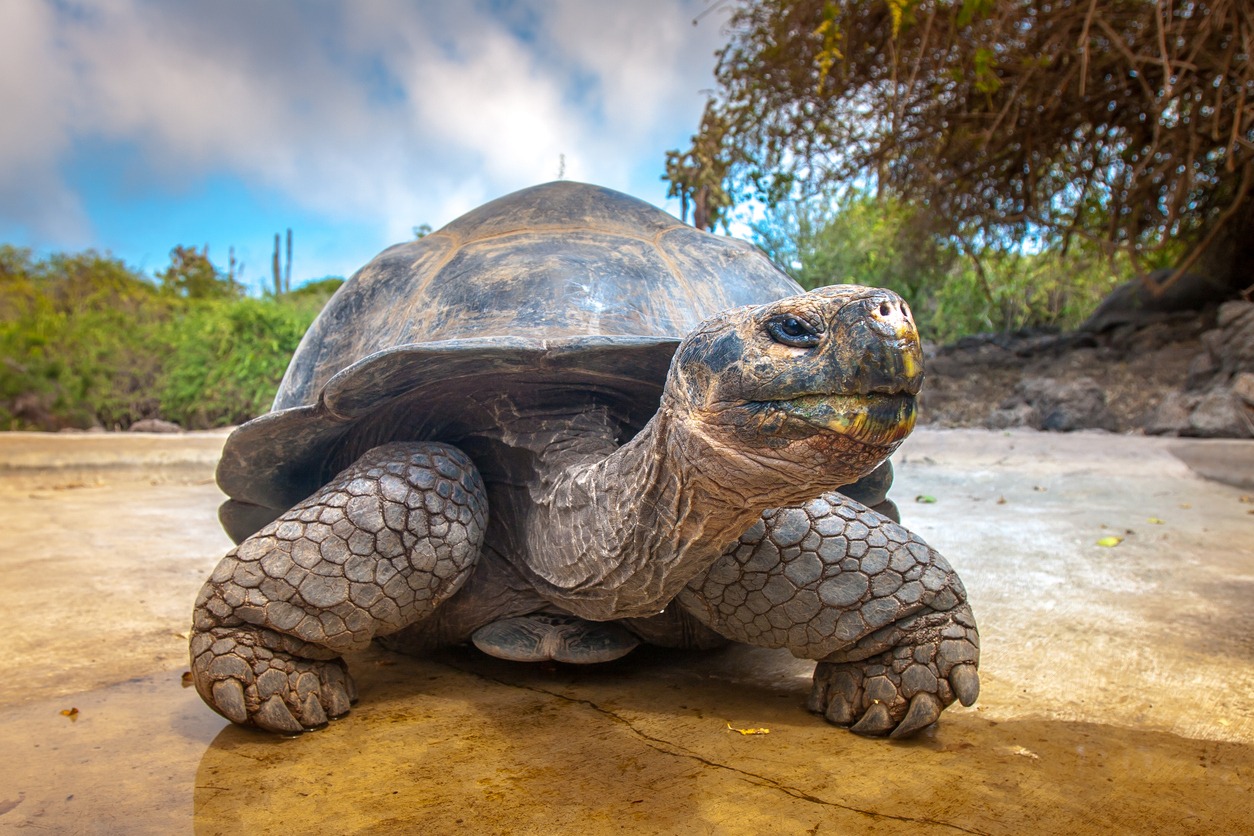Microorganisms, Vol. 13, Pages 1703: Impact of Sugarcane–Pumpkin Intercropping on Soil Microbial Diversity
Microorganisms doi: 10.3390/microorganisms13071703
Authors:
Xianglei Chen
Zhikui Cheng
Liwen Su
Xialei Huang
Yan Deng
Wenhui Bai
Zhihao Chen
Baoshan Chen
Peng Wang
Hongguang Pang
Zhengguo Liu
Intercropping has been widely proven to boost agricultural yields and control diseases. This study examined the impact of sugarcane monoculture (SM) and sugarcane–pumpkin intercropping (IP) systems on soil physicochemical characteristics and microbial community dynamics. Compared to monoculture, intercropping significantly increased soil pH by 8.82% and total potassium (TK) by 17.92%, while reducing soil organic matter (SOM) by 25.56%. Bacterial communities under intercropping exhibited significantly higher alpha and beta diversity, whereas fungal community diversity remained unaffected. Notably, the relative abundances of certain taxa with known roles in plant growth promotion and pathogen suppression—such as Anaeromyxobacter, Nitrospira, and Massilia—were enriched. Canonical correlation analysis revealed that bacterial community composition was strongly associated with TK, while fungal community structure correlated with variations in soil available nitrogen (AN). These findings indicate that sugarcane–pumpkin intercropping reshapes soil microbial communities and contributes to some improvement in soil nutrient availability.
Source link
Xianglei Chen www.mdpi.com


